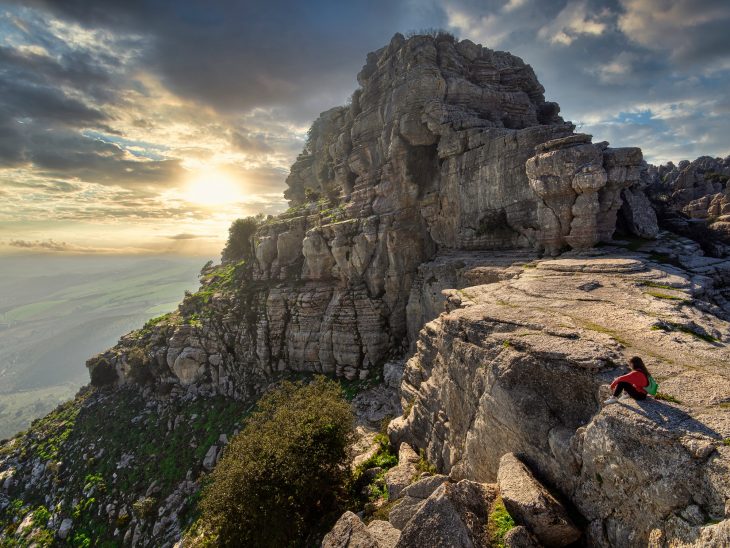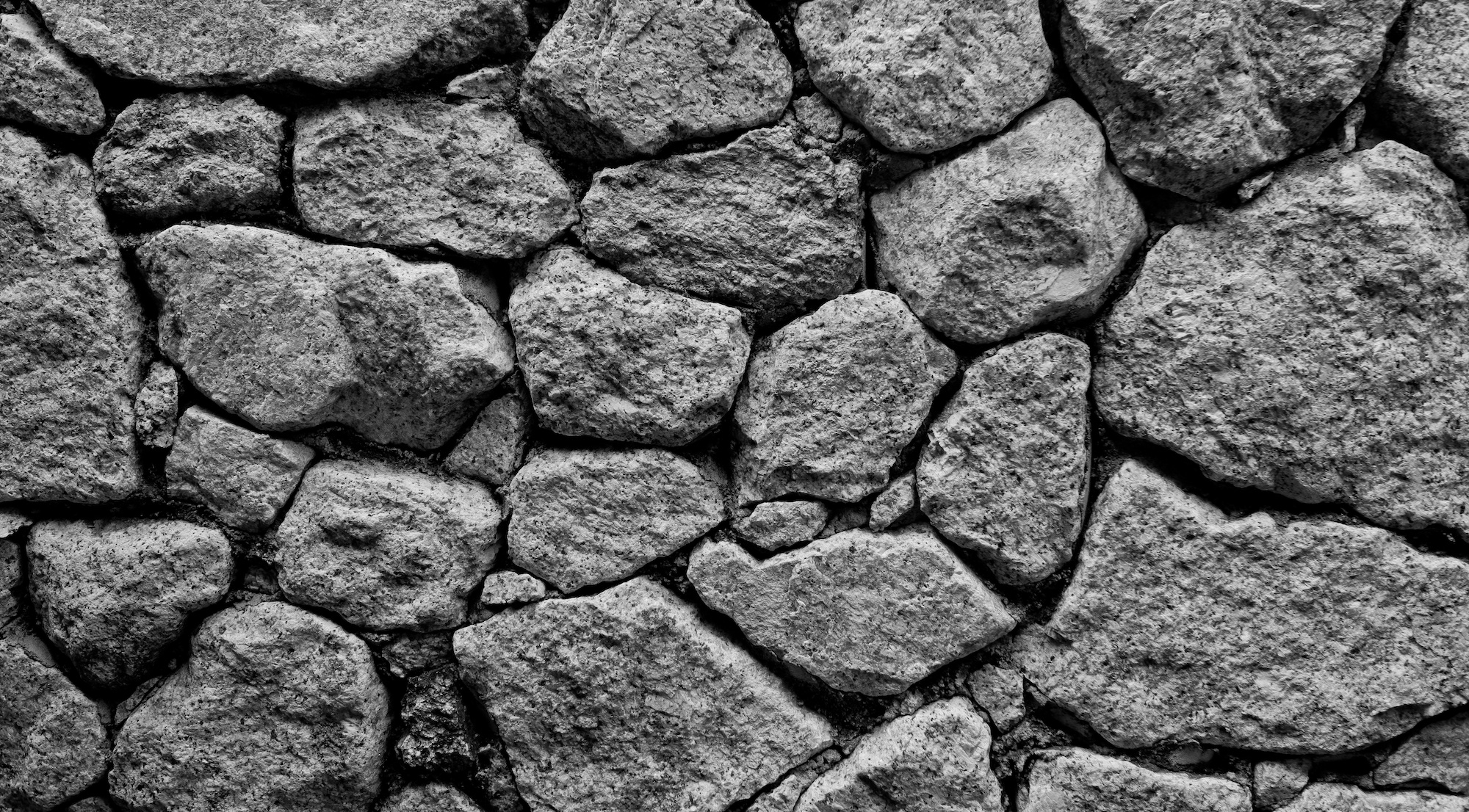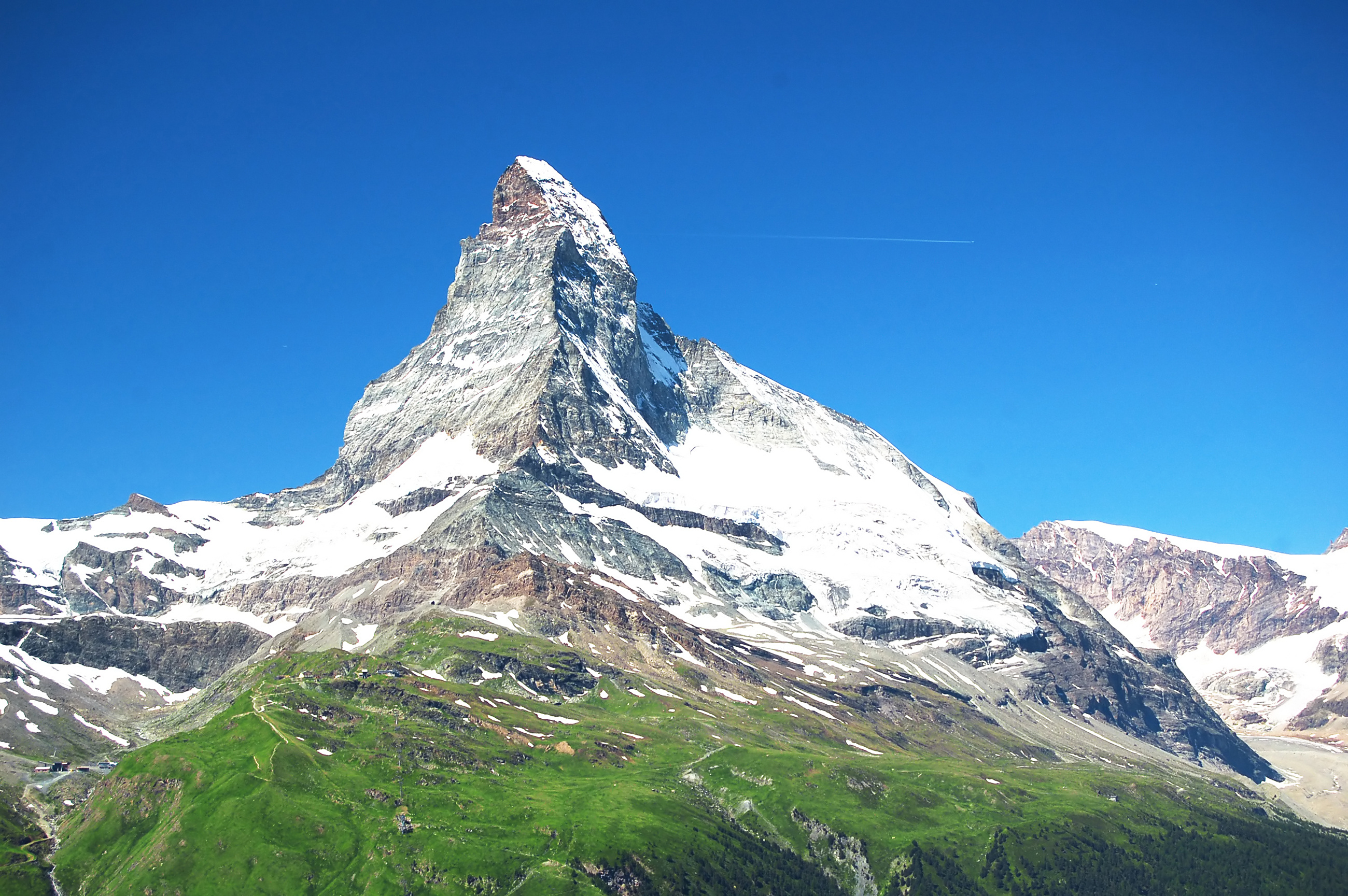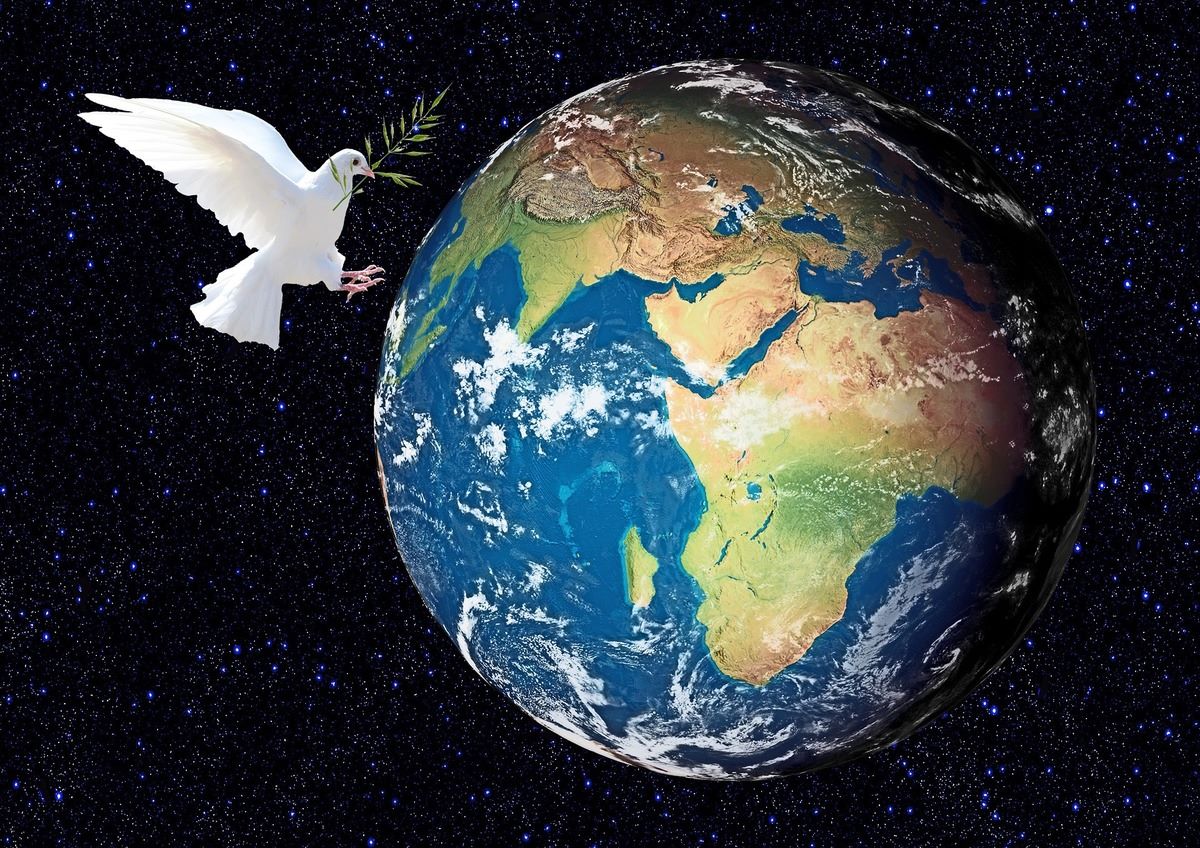
If you’ve ever taken a moment during a hike to admire a uniquely shaped stone or felt fascinated by the jagged cliff looming overhead, you’ve already dipped your toes into the world of geology. Rocks are more than just the rigid, inert materials they appear to be. They have a dynamic and exciting story to tell about our planet’s history. This article will delve into 20 fun facts about rocks that might just make your next outdoor adventure a bit more interesting.
Rocks are Classified into Three Types
All rocks on Earth fall into one of three categories: igneous, sedimentary, and metamorphic. Each type is formed through different geological processes, which contributes to their distinct characteristics.
Igneous Rocks: Formed from Fire
Igneous rocks form from cooled magma or lava. This process can occur either above (extrusive) or below (intrusive) the Earth’s surface. Notable examples include basalt and granite.
Sedimentary Rocks: Pages of Earth’s History
Sedimentary rocks are formed over millions of years as small particles like sand, silt, and clay accumulate and harden. These rocks often form in layers, each of which represents a snapshot of the Earth’s history.
Metamorphic Rocks: Transformed by Pressure and Heat
Metamorphic rocks begin as either igneous or sedimentary rocks, but they undergo a transformation due to extreme heat and pressure. This process changes the rock’s physical and chemical properties. Marble, for example, is a metamorphic rock formed from limestone.
The Rock Cycle Connects Them All
The rock cycle is a continuous process that changes one rock type to another. It illustrates how through melting, erosion, sedimentation, and metamorphosis, rocks are continuously created, altered, and destroyed.

Some Rocks Float
Yes, you read that right! Pumice, a type of igneous rock, can float on water. This is due to its unique formation process, which involves rapid cooling and depressurization of gas-rich magma, creating a rock filled with air bubbles.
Rocks Can Grow
Certain types of rocks, like gypsum and other evaporite minerals, can grow over time. This happens when mineral-saturated water evaporates, leaving behind mineral deposits that accumulate and form rock.
Oldest Known Rocks
The oldest rocks on Earth, called zircons, are about 4.4 billion years old. They were discovered in Western Australia and provide a glimpse into our planet’s early days.
Birthstones are Rocks
Birthstones, often used in jewelry, are specific types of rocks or minerals. For example, diamond (April’s birthstone) is a form of carbon, and amethyst (February’s birthstone) is a type of quartz.
Rocks in Your Kitchen
Many kitchen countertops are made from granite, an igneous rock known for its durability and beautiful patterns. So, you might be cooking on a piece of Earth’s inner history!

The Grand Canyon: A Geological Wonderland
The Grand Canyon is a treasure trove for geologists, showcasing nearly two billion years of Earth’s geological history in its vibrant layers of exposed rock.
Gold in Quartz
Gold often forms within quartz, a common mineral found in igneous and metamorphic rocks. This precious metal is deposited within the quartz veins by hot, mineral-rich fluids.
The Earth’s Crust is Mostly Rock
Approximately 95% of the Earth’s crust is composed of igneous and metamorphic rocks, with sedimentary rocks making up the remaining 5%.
Meteorites: Rocks from Space
Meteorites are chunks of rock that have fallen to Earth from space. Scientists study these extraterrestrial rocks to learn more about the universe beyond our planet.
Moon Rocks on Earth
During the Apollo moon missions, astronauts brought back 842 pounds of lunar rocks to Earth. These moon rocks have helped scientists better understand the Moon’s geology and the common history it shares with Earth.

Rocks as Tools
The earliest tools used by humans were made of rock. The Stone Age gets its name from the stone tools and weapons crafted by early humans.
The Diamond Planet
There’s a planet made largely of diamonds! The exoplanet 55 Cancri e is thought to be composed of diamond and graphite (both forms of carbon), as well as other elements.
Some Rocks Glow
Under ultraviolet light, some minerals in rocks glow, a phenomenon known as fluorescence. This can make for an impressive display in a dark room!
Rocks Under the Ocean
The ocean floor isn’t just made of dirt and sand; there’s plenty of rock down there, too. Basalt is the most common rock type in the oceanic crust.
The Matterhorn: A Famous Rock
One of the most famous rocks in the world is the Matterhorn in the Swiss Alps. This majestic mountain is made of metamorphic rocks – gneiss and schist.

Conclusion
Rocks are truly incredible. They’re time capsules, carrying the history of our planet within their layers, and they’re as diverse as the Earth’s many landscapes. They glow, they float, they grow – they’re anything but “just rocks.” Hopefully, these 20 fun facts about rocks inspire you to look a little closer the next time you pass a pebble on your path. After all, you never know what story it might have to tell.
Was this page helpful?
Our commitment to delivering trustworthy and engaging content is at the heart of what we do. Each fact on our site is contributed by real users like you, bringing a wealth of diverse insights and information. To ensure the highest standards of accuracy and reliability, our dedicated editors meticulously review each submission. This process guarantees that the facts we share are not only fascinating but also credible. Trust in our commitment to quality and authenticity as you explore and learn with us.


